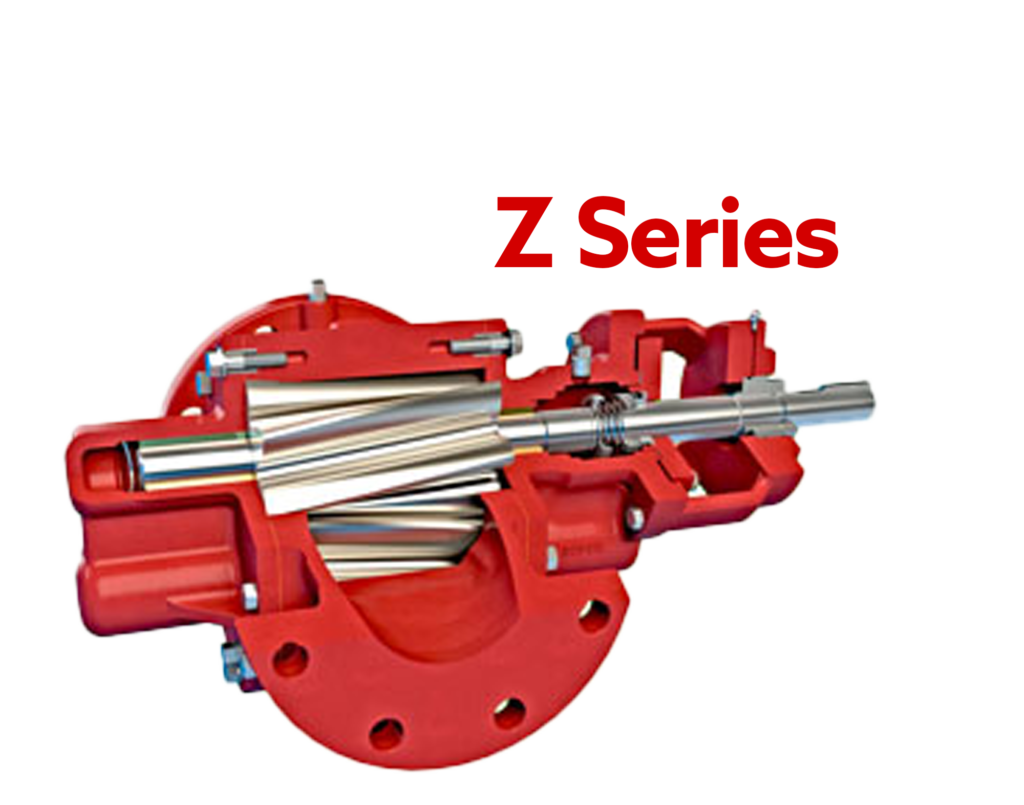Efficient Tank Cleaning

The cleaning of tanks and vessels is often an overlooked source of inefficiency in the manufacturing process. As an “unglamorous” and non-core process the true cost of cleaning is often neglected. However, with some thought significant efficiency gains can be achieved. As will be seen these efficiencies come from a combination of the 4 key elements of the cleaning process i.e. time, mechanical action, heat and chemical action. The focus of this article is on how quick wins can be achieved by improving the mechanical action element of the cleaning mix.
The balancing act – Any cleaning application has four components that contribute towards effective cleaning.
1- Time. The longer the cleaning if performed the greater the cleaning.
2- Chemicals. This is the dissolving effect of chemical cleaning fluids including water.
3- Mechanical action. This is physical action of the cleaning spray to dislodge residue.
4- Heat. Generally the hotter the cleaning fluid the better the cleaning action.
Increasing any of these 4 components will improve overall cleaning but there will be a cost associated with each. The cost of each of these elements will differ depending on application and there may well be other constraints in place. For example in food processing applications there will be limit on the types of chemical that can be applied.
The differential cost of each element is the key to efficient cleaning. Optimising the mix of elements is the process of increasing one element of the mix that has a lower cost (e.g. mechanical action) so that another element that has a higher cost (e.g. heat) can be reduced. The net cleaning power will remain the same but the cost associated with the cleaning process will be reduced.
Absolute efficiency gains Whilst overall efficiency can be gained by reconfiguring the contributions from each element it is clearly beneficial to strive for efficiencies in each element. If, for example, a cheaper method of heating can be found then this element in its own right becomes more efficient, and thus the whole process is more cost effective.





